Essential Tips on How to Choose the Right Hot Water System for Your Home
How to choose the right hot water system for your home hinges on a blend of comfort, efficiency, and economics. Avoid the overwhelm with our helpful guide that simplifies selection criteria, covering system types, energy sources and their impact on both your budget and environmental footprint. We’ll provide the insights you need without extra fluff, paving the way for a decision that ensures a steady stream of hot water precisely tailored to your household.
Key Takeaways
-
The choice of a hot water system should be based on the household’s specific needs, including the size of the family, the frequency and timing of hot water use, and the number of hot water outlets, to ensure the system is neither too small nor excessively large.
-
Homeowners must decide between a storage tank and a continuous flow hot water system, weighing factors like energy efficiency, space constraints, and peak demand. Continuous flow systems are energy-efficient and provide hot water on demand, while storage tanks have the advantage of mains pressure delivery and lower upfront costs.
-
Energy source options for hot water systems include electricity, gas, solar, and heat pumps, each with distinct cost implications and environmental impacts. Solar and heat pump systems offer long-term cost savings and are environmentally friendly, though they have higher initial costs which can be offset by government rebates and incentives.
Understanding Your Hot Water Needs
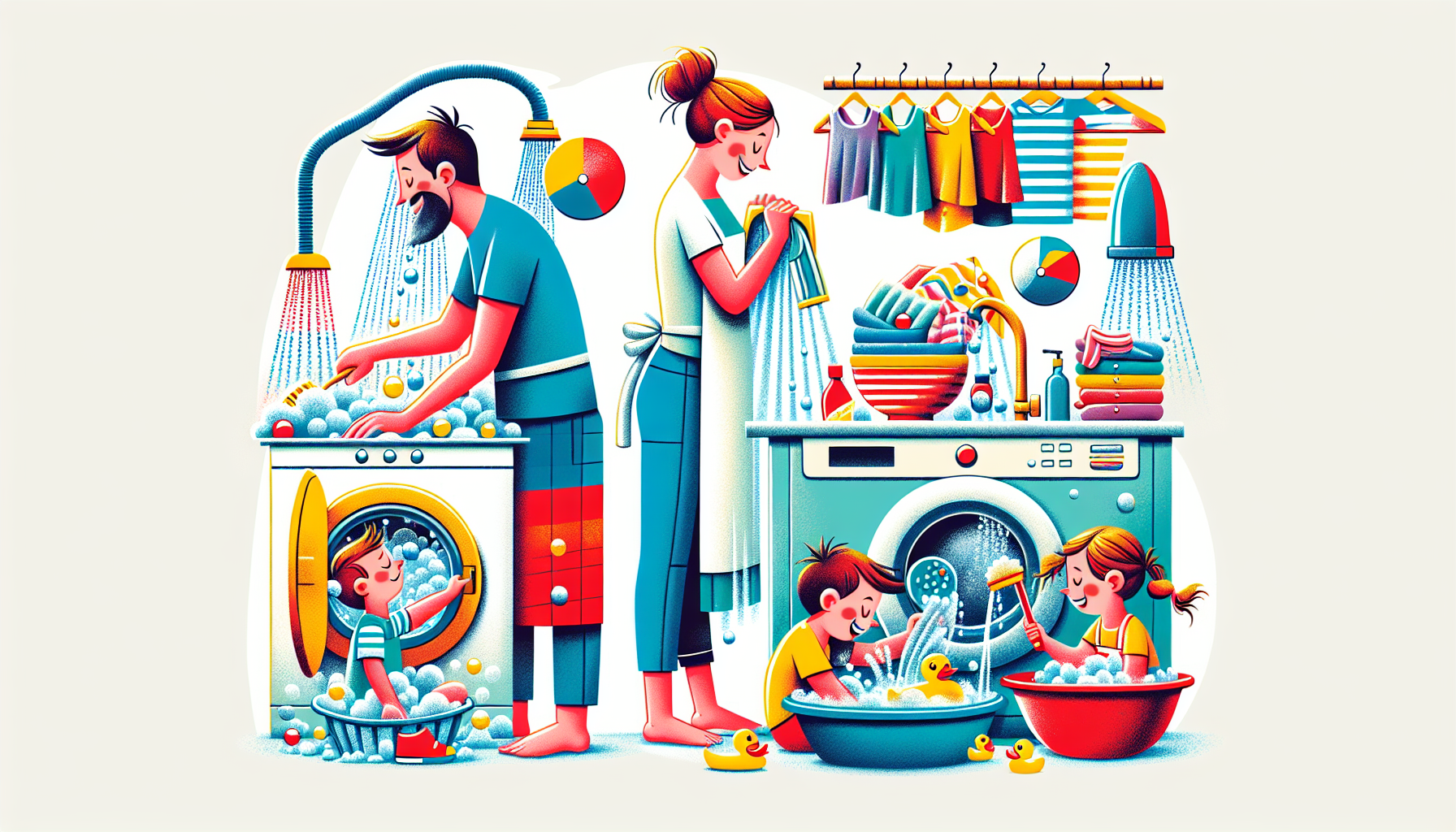
Recognizing the importance of a reliable hot water supply is the first step towards household contentment and energy bill tranquility. It all boils down to selecting a hot water system with the right capacity. The size of your family, the frequency of your hot water consumption, and the number of hot water outlets in your home are all factors that should steer your decision towards the perfect fit. After all, choosing a system that’s too small can lead to a frustrating lack of hot water, while an oversized system needlessly inflates your electricity bills.
It’s about striking the right balance to ensure that your system isn’t just adequate for now, but continues to meet your demands as your needs evolve.
Estimating Daily Usage
On average, each person uses about 50 liters of hot water per day. But averages can be misleading, can’t they? Personal habits, such as long, indulgent showers, or the frequent use of appliances like dishwashers, can significantly hike up hot water consumption. To avoid the pitfalls of underestimation, it’s vital to assess your household’s unique habits.
Whether you’re a family of athletes with post-training showers or a household of chefs constantly washing pots and pans, understanding your specific daily usage is key to making an informed decision about the size of your hot water system.
Peak Demand Analysis
Picture a typical evening rush hour at home: showers, dishwashing, and laundry all happening simultaneously. Can your hot water system handle this peak demand, or does it falter under the pressure? If your household’s peak demand isn’t met, you might find yourself facing a tepid shower or waiting for the system to recover.
For homes with high simultaneous usage, a larger system or a continuous flow system might be in order to ensure everyone can enjoy their hot showers without interruption.
Selection Between Storage and Continuous Flow Systems
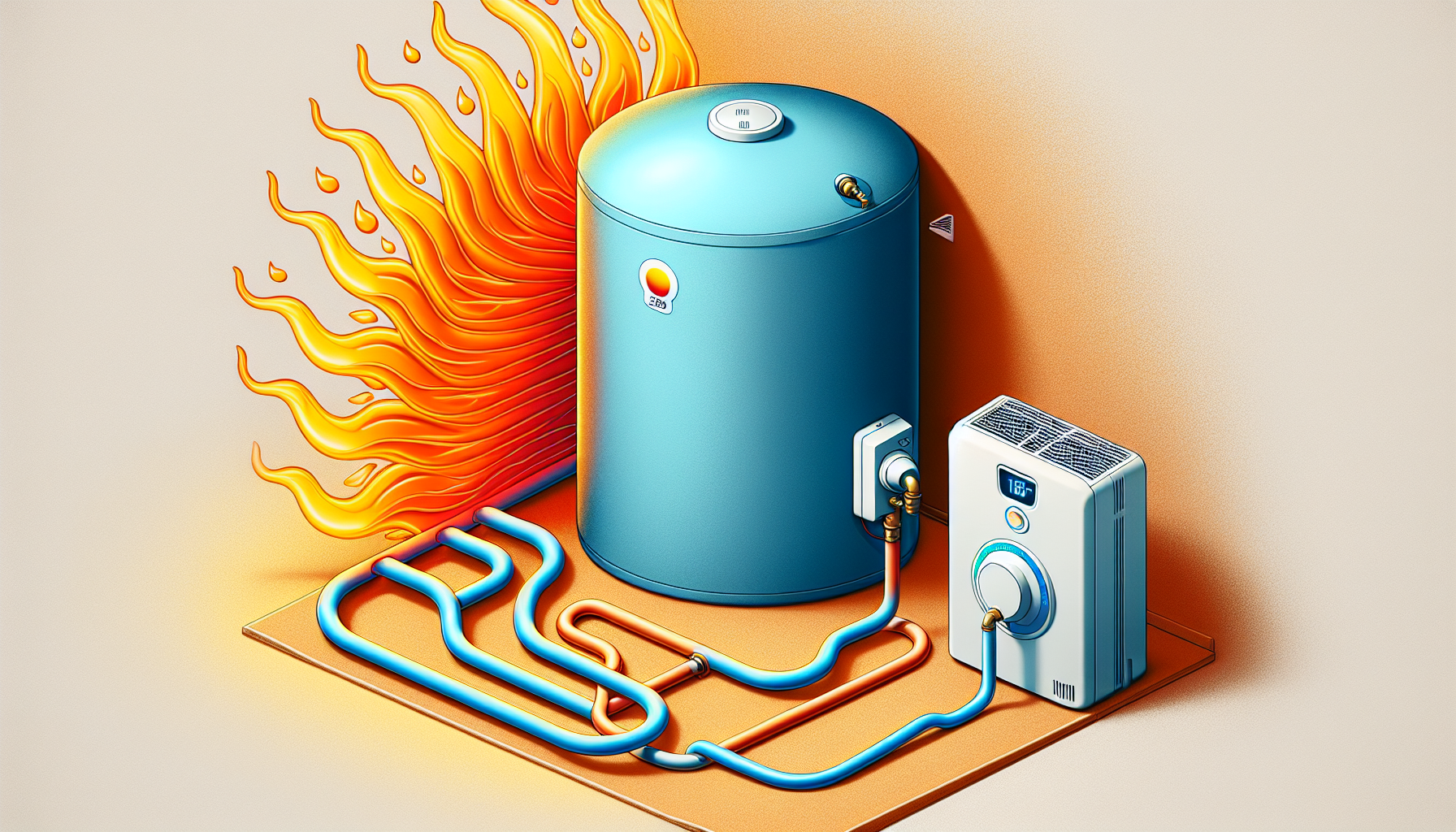
The conundrum of choosing between a storage tank and a continuous flow system is a tale as old as time. Or at least as old as modern plumbing. Storage water heaters are the traditional choice, capable of supplying hot water at mains pressure across multiple outlets all at once. In contrast, continuous flow water heaters are the magicians of the hot water world, providing an endless supply as you need it – ensuring you never run out, even with extended use.
While continuous flow heaters are champions of energy efficiency, heating water only as required, storage tank systems always keep a reserve, which can be less efficient. And if space is at a premium in your home, the compact design of continuous flow heaters, which can be wall-mounted or recessed, may sway your decision.
Pros and Cons of Storage Tank Models
Storage tank models, such as the electric storage water heater, heat water using an element at the bottom of the unit and keep it cozy in an insulated tank. While they may be less costly upfront, their operating expenses can add up over time.
Gas storage water heaters, on the other hand, are independent of the electrical grid and can quickly heat water as needed, which can be a boon during power outages. It’s worth noting that many modern appliances, like dishwashers and washing machines, come with their own heaters, reducing the demand on your hot water system.
Storage water heaters themselves come in two flavors: mains pressure systems, delivering hot water with gusto, and gravity feed systems, which offer a gentler flow from a tank often perched in the roof.
Benefits of Continuous Flow Water Heaters
Continuous flow gas water heaters are the paragons of energy efficiency, outperforming their gas storage counterparts, particularly in frosty climates where heat loss is the enemy. These systems are a testament to modern living, eliminating the need for constant heating and storage of water, thus saving precious energy. Without a tank, they avoid standby heat loss, contributing to their overall energy efficiency and offering a consistent supply of hot water on demand. Moreover, continuous flow systems boast sophisticated temperature controls, which not only supply consistent hot water but also prevent scalding accidents.
While they may have a higher initial price tag, their space-saving design and lower operating costs provide long-term benefits and savings. However, be aware that certain models may struggle with low flow rates, especially when paired with efficient showerheads or in systems with solar preheating.
Deciding on an Energy Source
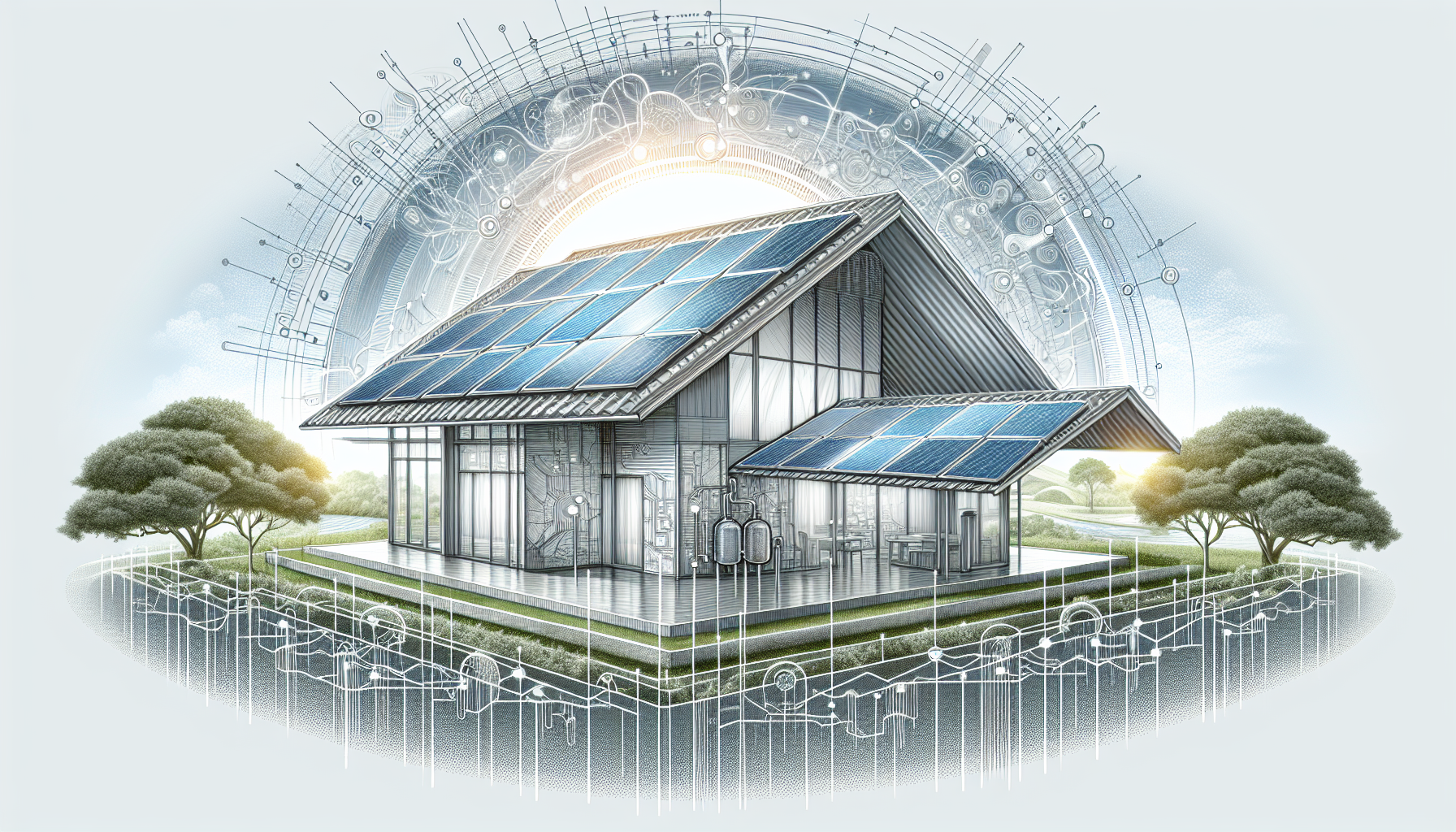
When it comes to heating your water, the choice of energy source is as varied as the colors in a painter’s palette. You have several options to choose from:
-
Electricity
-
Gas
-
Solar
-
Heat pumps
Each medium has its unique impact on both your wallet and the environment.
Natural gas systems are often the cost-effective champions, but only if you’re already connected to the grid; LPG systems, while versatile, can cost a pretty penny to operate, sometimes up to three times more than their natural gas siblings. As the Australian electricity grid greens, the carbon footprint of electric water heaters is shrinking.
If you’re looking to bask in the sun’s glory, solar hot water systems offer the ultimate environmental kudos, slashing energy bills and emissions, albeit with a higher upfront investment. For smaller households, continuous flow electric systems could be the perfect match, especially if you can tap into off-peak electricity tariffs to cut down those running costs.
Gas vs. Electric Systems
The age-old debate of gas versus electric hot water systems is a hot topic in many households. Gas systems, especially those running on natural gas, typically offer the allure of lower operational expenses. Yet, electric systems can be cost-effective too, especially when they cozy up to off-peak electricity tariffs, offering a respite from high energy bills.
Electric systems also tend to have a lower initial cost and are easier to install, which is particularly beneficial if your abode is not yet acquainted with a gas line. However, should you choose to dance with LPG, be prepared for the higher running costs associated with this more expensive energy source.
Solar and Heat Pump Advantages
Harnessing the power of the sun, solar hot water systems can significantly reduce your dependence on the grid, translating to hefty savings on those dreaded energy bills over time. While they may ask for a larger slice of your budget initially, solar systems are the gift that keeps on giving, their cost offset by handsome government incentives.
Heat pumps are another breed of energy sippers, utilizing the ambient heat from the air to warm your water - a move that can slash your energy costs in the long run. Correct sizing and installation are paramount for solar systems; you’ll want to align the tank size with the number of collectors or evacuated tubes, taking into account your local climate and water usage habits.
And let’s not forget about the orientation of those solar collectors – an optimal placement is crucial for soaking up the maximum amount of sunlight, with evacuated tube collectors being particularly adept at heating efficiently, even when the sky is overcast.
Assessing Energy Efficiency and Running Costs
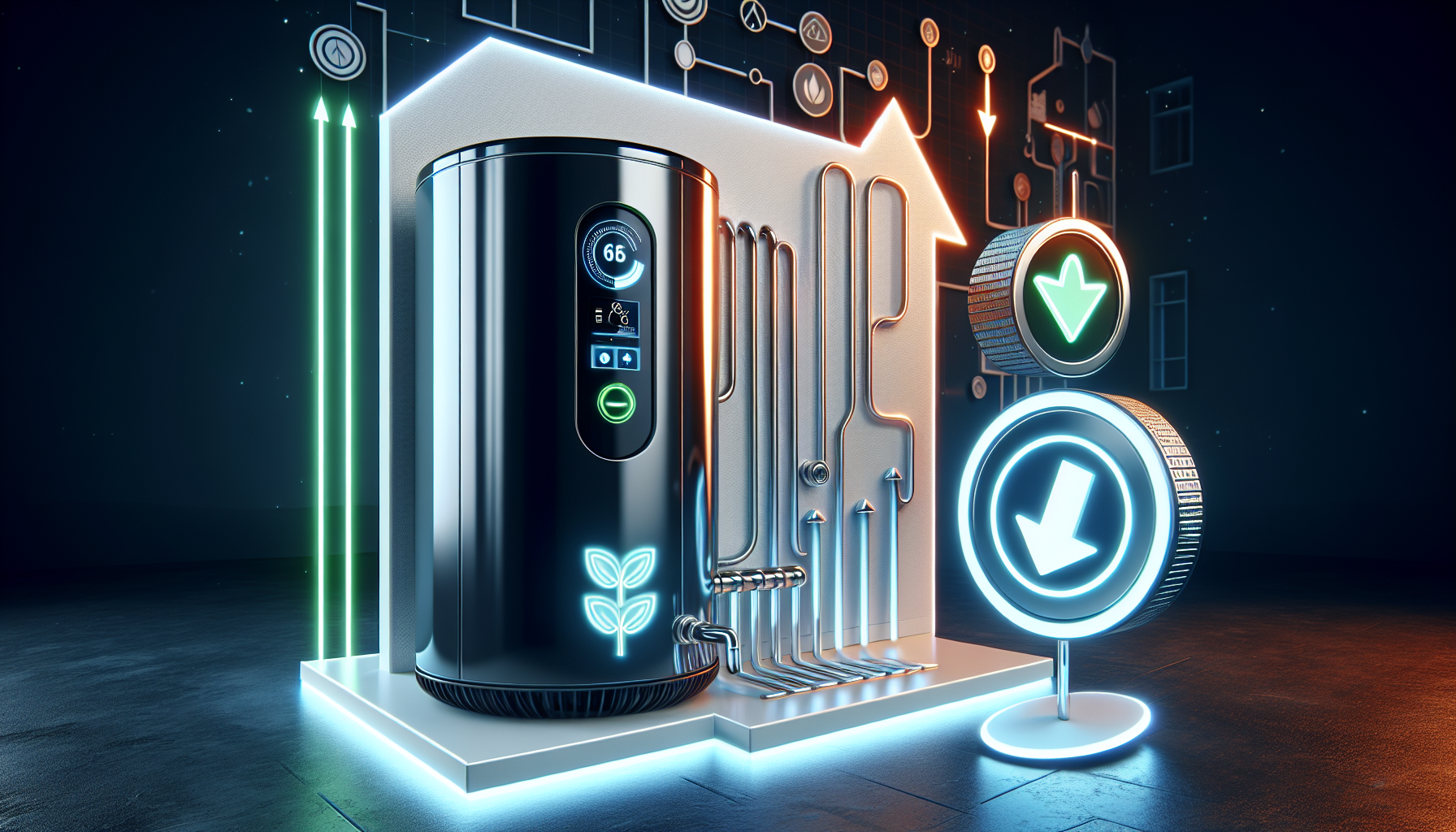
Turning the spotlight on energy efficiency and running costs is a critical step in the selection process. Consider this: higher-efficiency gas storage water heaters with a 5-star energy rating are like the athletes of the water heating world, flexing their muscles to reduce your energy consumption. Heat pump systems are another prime example of energy efficiency in action, potentially offering more bang for your buck in the long term compared to their traditional electric counterparts, despite the higher upfront cost.
Electric systems, while popular, are typically the divas of the energy bill, particularly if they’re not on an off-peak tariff, which is a vital point to ponder when calculating future expenses. To maximize your energy savings and cut down on those running costs, it’s crucial to choose a hot water system that’s sized just right for your household and to adhere to a regular maintenance schedule.
Evaluating System Sizes and Specifications
The quest for the ideal hot water system size and specifications is akin to finding the perfect pair of shoes; it needs to fit just right. It’s crucial to design your system with strategic smarts, placing heaters optimally and keeping water pipes short to minimize heat loss. If you’re leaning towards solar or heat pump hot water systems, remember that mains pressure tanks play a significant role in the system’s size and how well it satisfies your household’s hot water needs.
Electric hot water systems add another dimension to the mix, offering a variety of storage or instantaneous options, including hot water heater options that can also be powered by the sun, providing a multitude of sizes and specifications to cater to different household demands.
Sizing Guidelines for Different Households
Navigating the sizing sea requires a reliable compass: for hot water systems, it’s generally recommended to store enough water for 1.5 days based on an average demand of 50 liters per person per day. A family of four, therefore, might start with a system sized to hold at least 300 liters to ensure a steady supply. But that’s just the beginning. The size of your system must march in step with the number of souls in your home, requiring larger capacities for larger families.
Future-proofing is also key; consider potential changes like an expanded household or renting out rooms when selecting a system, ensuring it can handle a possible hike in demand. And if your home boasts multiple bathrooms or additional amenities like extra kitchens, a more robust system will be necessary to quench the thirst of multiple hot water outlets.
Key Features to Look For
Beyond size and capacity, there are specific features in hot water systems that deserve your attention. Safety mechanisms, like Rheem’s Flamesafe overheat protection, are vital; they step in to automatically shut down continuous flow water heaters if they get too hot, averting potential hazards.
And if you’re one to embrace the power of the sun, energy efficient electric storage water heaters that play well with solar PV systems can offer a significant reduction in energy use, elevating your system’s efficiency to new heights.
Cost Considerations and Incentives
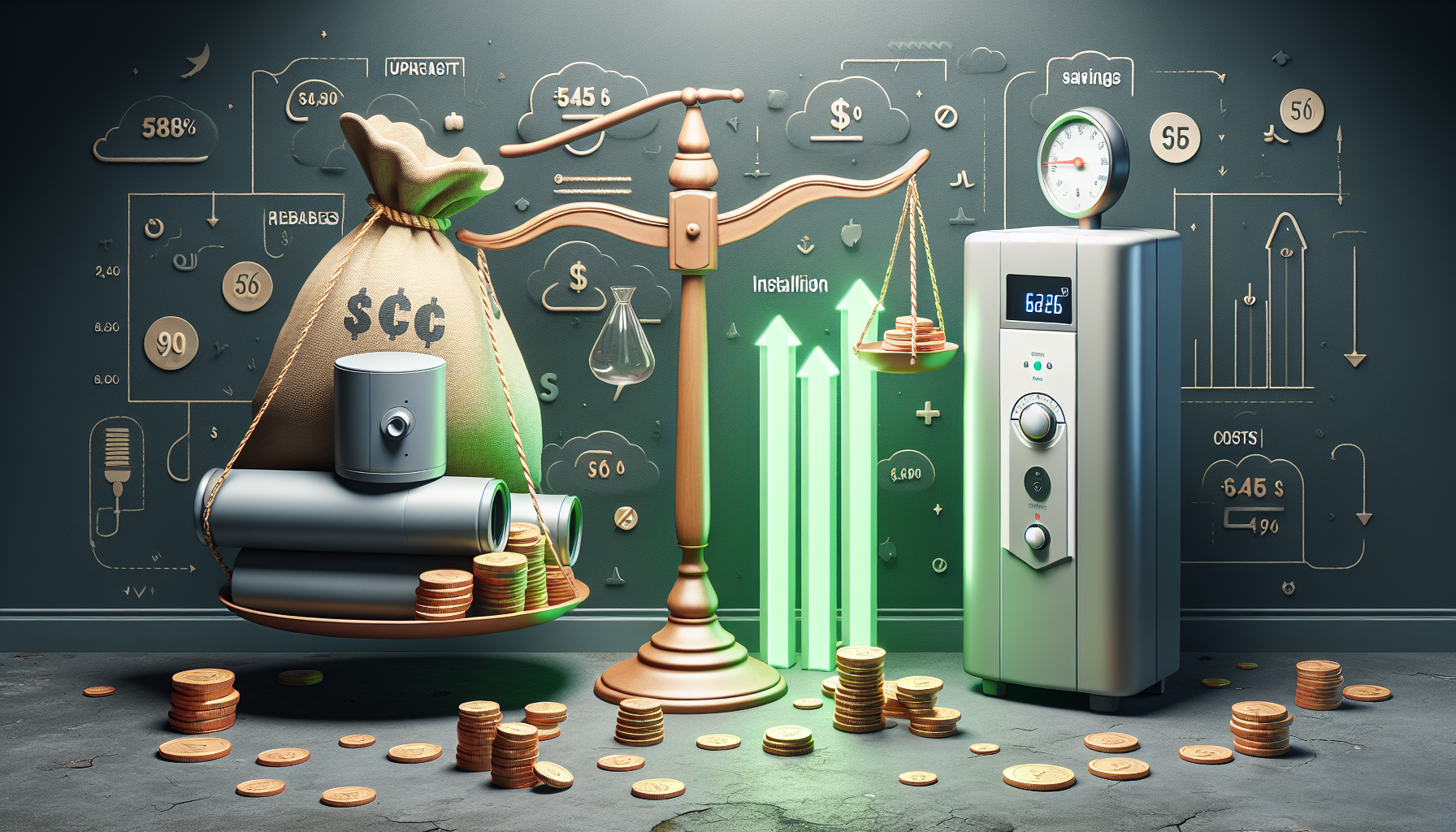
Your hot water system is a long-term investment, and as with any investment, it’s wise to consider the costs – both immediate and over time. It’s not just about the price tag on the equipment; installation costs and energy bills are part of the financial equation. And here’s a tip: households on off-peak electricity tariffs often require larger storage hot water systems, which means a higher initial outlay to guarantee a sufficient hot water supply throughout the day.
Upfront and Installation Costs
The upfront costs of your new hot water system will vary depending on the type you choose. Electric hot water systems tend to be more wallet-friendly at installation, ranging between $450-$1,800, while gas hot water systems can cost between $700-$1,900. The final installation bill may climb depending on a variety of factors, including the model you select, the current setup of your home, and the complexity of the installation work required.
If you’re looking to introduce gas into a home that’s never known it, prepare for the added expenses of laying gas lines and ensuring proper ventilation.
Government Rebates and Savings
While the initial costs may seem daunting, there’s good news on the horizon in the form of government incentives. These rebates and schemes are designed to lighten the financial load when upgrading to more efficient hot water heaters. If you’re considering a leap to a heat pump hot water system, for instance, specific rebates can help sweeten the deal.
To qualify for these incentives, you’ll need to contribute a minimum amount towards the cost of the new system and its installation. It’s essential to work with approved suppliers who can confirm your eligibility, provide a quote, handle the installation, and properly dispose of your old unit.
Integrating Hot Water Systems with Home Design
Your hot water system isn’t just a functional appliance; it’s a part of your home’s design and should be treated with the same care as any other design element. Insulating hot water tanks and pipes is particularly important in colder climates to prevent heat loss and enhance the system’s energy efficiency.
With continuous flow systems, you gain not only a sleek, space-saving appliance but also precise temperature control, which contributes to a safe and comfortable home environment. Another consideration is the potential noise from heat pump water heaters; they should be placed thoughtfully to minimize disruption to your household and neighbors, seamlessly integrating with your home’s design and lifestyle.
Maintenance and Longevity
The longevity and efficiency of your hot water system hinge on regular maintenance. Neglect can lead to sediment buildup and corrosion, which can both reduce efficiency and shorten the life of your system. An annual flush of your hot water system is a small chore that can prevent big problems down the line, and don’t forget to replace the anode rod every 3 to 5 years to fend off rust and corrosion.
Maintaining a water temperature of at least 60°C for 30 minutes weekly is not just about comfort; it’s about health, preventing the growth of Legionella bacteria. Additionally, keeping an eye on water pressure can help prevent leaks and wear, ensuring your system continues to run smoothly. Don’t underestimate the value of an annual inspection to catch any potential issues early, keeping your system operating at its best.
Summary
In the journey to select the right hot water system for your home, embracing knowledge is key. From understanding your needs to choosing between storage and continuous flow, deciding on an energy source, and considering size, features, costs, and integration with your home’s design—every step is important. Regular maintenance ensures that whichever system you choose serves you efficiently for years to come. With the information in hand, you’re now equipped to make a choice that not only brings warmth to your showers but also offers peace of mind and savings on your energy bills.
Frequently Asked Questions
How do I know if a gas or electric hot water system is better for my home?
Consider the availability of natural gas in your area, the running costs associated with gas versus electricity, and whether your home can accommodate the necessary infrastructure for a gas system. Gas systems typically have lower operational costs, but electric systems can be cheaper to install, especially if you can access off-peak tariffs.
Can solar hot water systems really save me money?
Yes, solar hot water systems can save you money in the long run by utilizing free solar energy to heat water, leading to substantial energy bill savings, especially with government incentives and rebates available.
What size hot water system do I need for a family of four?
For a family of four, it's recommended to have a hot water system with a storage capacity of at least 300 liters to ensure a consistent supply of hot water. Consider your family's specific usage patterns and potential changes in household size when selecting the system.
Are heat pump water heaters more energy-efficient than traditional systems?
Yes, heat pump water heaters are more energy-efficient than traditional systems as they use ambient heat from the air to heat water, resulting in long-term energy cost savings. Keep in mind that they may have a higher upfront cost compared to traditional systems.
How often should I maintain my hot water system?
It's recommended to perform an annual flush and replace the anode rod every 3 to 5 years to maintain your hot water system's efficiency and longevity. Regular maintenance is crucial for preventing sediment buildup and corrosion.








